How To Get Your Hognose Snake to Start Eating Again
By Nick Helble

In recent years, we've had an ever-increasing number of hognose keepers contact us here at Reptilinks who are very concerned about their hognose snake diet.
This holds true in the case of newly acquired baby hognose snakes, as well as subadult and adult animals. Most of these individuals are new to reptile keeping or new to keeping hognose in general.
To help provide insight into proper hognose snake feeding, keep reading for a brief description of the most commonly kept species of hognose, their behavioral tendencies in free-living populations (as well as in captivity), and how this relates to their eating habits. I’ll also go into the problems these tendencies cause and how to fix them.
Look out for these common mistakes many inexperienced keepers make with hognose snakes. Additionally, be mindful of these basic rules in order to ensure your hognose is eating consistently, happy, healthy, and is around for many years to enjoy as a companion pet.
Quick hognose snake facts
Over the years we have helped thousands of hognose keepers properly care for and feed their hognose snakes by way of innovation and increased customer support.
Most of these cases involve Western hognose snakes (Heterodon nasicus), since they’re the most popular in the pet trade. However, the same basic principles of care and feeding techniques can be applied to the Eastern hognose snake (Heterodon platirhinos), the Mexican hognose snake (Heterodon kennerlyi), and those endemic to South America (Xenodon pulcher).
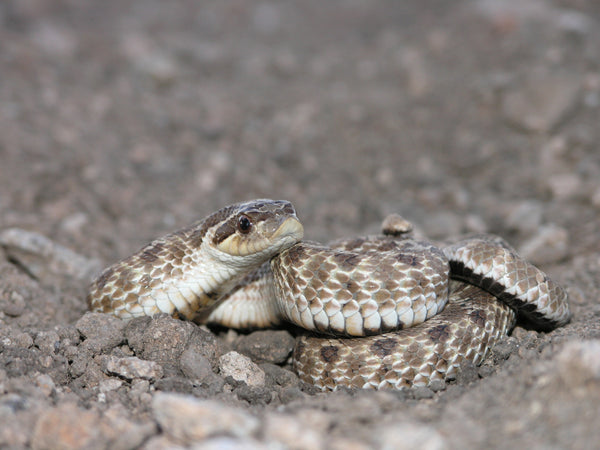
As with any extremely popular animals in the pet trade, many people end up purchasing these snakes without first acquiring a basic knowledge regarding the behaviors of their new pet in the wild. Essentially, having this basic knowledge of what your hognose actually needs in the natural world to survive is essential to the keeper, ultimately ensuring the successful establishment of hognose in captivity.
Although there are several issues we have personally encountered when keeping hognoses, the main problem most keepers have is the inability to either get newly hatched animals to eat for the first few times or to keep more mature animals consistently eating year-round.
So keep reading to learn more about how to avoid such difficulties in relation to natural eating behaviors within endemic populations, as well as the three major mistakes most keepers make when setting up and caring for their new pet hognose.
Feeding the right kind of prey
Although rodents have been and continue to be an extremely popular type of prey used in the reptile communities, they are by no means the only option.
In fact, the majority of snakes living in the wild today do not eat rodents. This is especially true for baby hognose snakes because appropriately sized rodents just aren't readily available in free-living populations.
Have you ever seen a mother rat or mouse protect its young? Let’s just say that it isn’t pretty! Mother rodents will stop at nothing to ward off predators who pose a threat to their offspring, often risking their own lives in the process. They prove to be tenacious and downright vicious when they need to be. Consequently, it would be quite the challenge for a baby hognose to get past momma mouse. Furthermore, even if successful, baby mice are only an appropriate feeding size for a few short days after birth.
On the contrary, small reptiles like baby lizards, adult lizards and snakes, baby snakes, and/or amphibians are left on their own from the time of hatching or birth. Coupled with their small size, slower growth rates, and overall abundance, this so happens to make them much better candidates as prey for other reptiles — including hognoses.
In the case of the Western hognose snake, toads seem to be first on the menu. For Eastern hognose snakes, amphibians are also the prey of choice — usually in the form of frogs. Yes, hognoses (especially Western) have been habituated to a predominantly rodent-based diet in captivity. However, this isn’t the diet they have evolved to eat over millions of years.
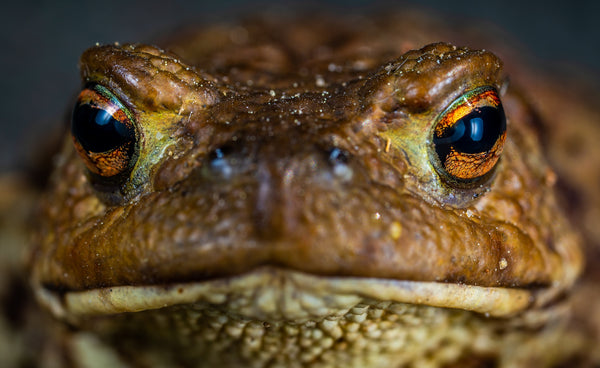
Ultimately, many new keepers just don't realize the simple truth: hognoses are amphibian specialist species, prior to purchasing and caring for them. Yes, it's true many hognose will thrive on an all rodent diet. But there are just as many — or even more — baby hognose snakes who perish prematurely as this unnatural diet is imposed on them.
The truth of the matter is that we just don't see or hear about a lot of those animals that are “hard wired” to only eat toads or frogs. Even through years and years of captive breeding, they simply do not live long enough in captivity to pass on future generations for purchase within the reptile communities.
In fact, it wasn’t until we at Reptilinks started developing amphibian-based diets, particularly for the feeding of hognose, that we realized what an epidemic we were dealing with in regards to these popular pet snakes. We literally get hundreds of phone calls, emails, and instant messages from keepers who cannot get these animals to eat rodents, no matter what they do!
Surprised?
You might be if you weren't aware they evolved to eat toads and frogs in their endemic environment. It’s this very concept that inspired our company to make available a more suitable prey option for reptile and amphibian specialists species in the form of frog and lizard-based “links”. These links range from as small as 0.5 grams to 2 grams (Mico and Mini links) for baby hognoses, and as high as 25 to 50 grams for adult hogs.
In a nutshell, many hognose will eat rodents. But many more will not! They need to eat a prey type that more closely resembles that of what is available to them in their natural environment: frogs and toads.
Following this principle, we have developed frog-based products, including various prey sizes suitable for the tiniest newborn hognose all the way up to mature adults. Additionally, we also have a frog scent that can be used to scent rodent prey, if you wish to stick to more “traditional” prey types for your hognose.
Hognose snake enclosure & proper security
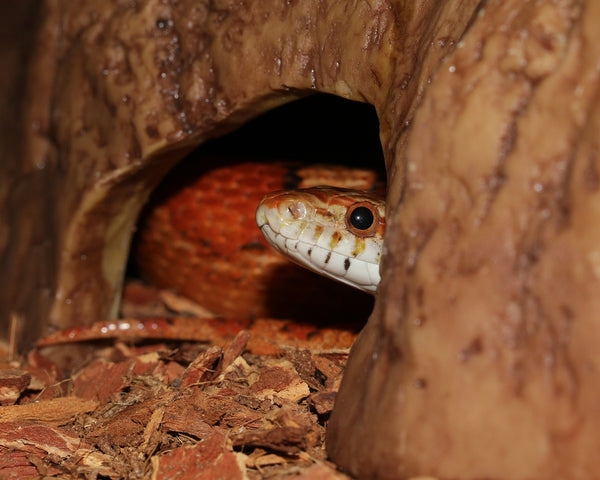
Now that we know Hognose and many other snakes eat amphibians in the wild, we can replicate this diet more closely in captivity. But what if you already know about a proper hognose snake diet?
What if you’ve already been using amphibian-based feed and/or frog scent but your hognose still won’t eat? Here’s another possible explanation:
The next most important aspect of proper hognose snake care is enclosure size and security. And much like the previous point, another common mistake many hognose keepers make is providing too large and too open of an enclosure.
Yes, it’s true: many new snake keepers want to provide a nice, big, fancy looking enclosure for their new pet. This is all fine and dandy if it works, but it can actually cause an abundance of issues in the long run. In fact, this is especially true when attempting to establish a little newborn hognose on a consistent feeding schedule.
All baby snakes feel most secure in tiny, dark places. The only time they venture into the open and expose themselves to potential predation is to find food or to thermoregulate. Consequently, other than finding the sun to warm their bodies and hunting, these animals stay in safe, secure places, either in holes underground or among dense foliage or rock structures.
When setting up a baby hognose snake enclosure, it’s possible to fill a large area with lots of hide boxes, branches, and materials to provide security. Unfortunately, this technique doesn't always work. Regardless of how much “stuff” you put in a ten-gallon glass aquarium, it may still be too big and exposed to house a nervous baby hognose.

Ultimately, aquariums are just that: aquariums. They are meant to house fish so you can see them from all sides and from any vantage point. The “fishbowl” effect they create is not conducive to keeping many reptiles and can compromise the well being of your new pet. These glass cubicles are not good for establishing a very tiny snake in a captive setting.
Furthermore, not only are most fish tanks too big for baby snakes; they just don't make for a secure environment. Glass being transparent makes snakes and other small reptiles feel exposed, causing anxiety and a constant urge to hide from predators. When snakes are scared of being eaten, the last thing they want to do is eat!
The good news is you can still use fish tanks for your baby hognose if you wish. There are just a few simple modifications you can make to ensure your little hog feels more at home and confident enough to carry on with normal snake activities, such as basking, drinking, and eating!
- First, cover up the back and sides of the tank with dark construction paper or spray paint. You’ll still be able to view your animal from the front but it will be much more comfortable. It won't worry about being exposed to predators from the back and sides of its domain.
- Additionally, make sure there is at least one adequately sized hide box on both the warm and cool side of the enclosure (more on temperature later). The right sized hide will slightly touch the snake at several contact points around the body when it is curled up in a relaxed position. This will make it feel cozy, secure, and safe from potential predators when in rest mode.
- Finally, let’s discuss the proper enclosure size. A good rule of thumb is to provide an enclosure no longer than twice the length of the snake when fully stretched out. The same goes for width, but smaller is better for a baby hognose! When a baby hognose snake is coiled fairly tight in an appropriately-sized enclosure, it doesn’t need to take up more than ¼ the floor space.
I've kept and bred reptiles for over 27 years and I've had great success sticking with these two very basic ‘tricks of the trade.” A baby hog will do best in a shoebox-size Tupperware or smaller. Smaller is better and there is absolutely no need for decorations. However, you will still want to use a good substrate for burrowing.
There are many options on the market made by Zoomed, Zilla, Exo Terra, and others. These are made of coconut husk or fiber, among many other materials. Substrates are beyond the scope of this post and are more a matter of personal preference; find what works for you and your snake.
To recap:
- Your hog’s enclosure needs to create a sense of security.
- It should only be about shoebox size or smaller for a baby.
- It should also contain secure hiding accommodations of appropriate size at both ends with a suitable substrate.
Unfortunately, many new keepers simply set their hognose up in too large of an enclosure. If you don't follow these guidelines of appropriate enclosure size and composition, along with offering the appropriate type and size of prey, there is a very good chance your hognose simply won’t eat.
However, it’s also very important to provide a proper thermogradient of temperatures within the enclosure, especially during the winter months. This is the third and final mistake many keepers make when keeping hognose snakes — inadequate temps in relation to brumation and fasting.
Temperature, Brumation & Fasting
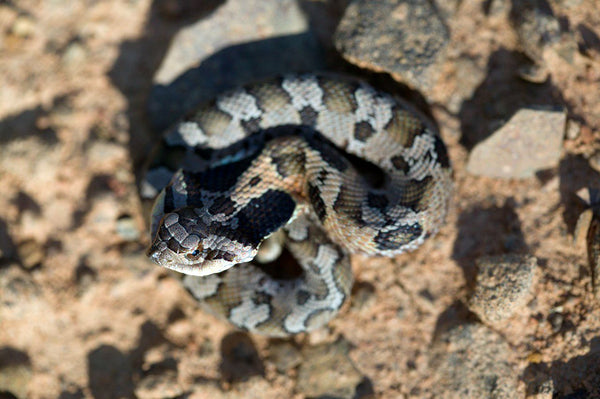
Many people who buy a cute, chubby-cheeked hoggie fail to realize these animals are endemic to areas where seasonal temperature changes can be drastic. Hognose snakes are a hard fasting animal like many other colubrid species can be. Additionally, they’re extremely sensitive to barometric pressure changes, much like an African Ball Python. Because of this, the slightest change in weather or change in ambient indoor temps can throw even a baby hognose into what I call a “hard fast.”
Because of this, you need to do one of two things. Either brumate these animals during the winter months (as they would be in “hibernation” in their natural environment), or maintain summer temps (what I call “feeding temps”) year-round. This is where most hognose keepers go wrong when they adopt a snake that’s only eaten two times (or never) in its whole life.
If your temps are too cold on one end of the enclosure — perhaps due to natural seasonal temp drops outside causing an ambient drop in your living room or bedroom — you have a problem! The baby hog or mature hog is going to become very confused. The hot side might be 90 degrees while the cool side may be as low as 65 degrees. 90 degrees are summer or “feeding temps,” while 65-75 degrees are winter or “non-feeding temps.” Consequently, 95% of the time your hognose is going to choose the cooler side of the enclosure because it’s easier!
So how do you fix this issue? Well, sometimes it's just a matter of insulating the enclosure with plastic or towels and bumping the temps up in the room or on the supplemental heat source you are using for your hognose. This is much easier to do if you have a reptile dedicated room, of course. But if you don’t, it can be tricky but is still feasible. Sometimes a combination of increased belly heat, insulation, and a heat lamp is all that’s needed to achieve those magic feeding temps of 92-84 degrees.
On the flip side, if you are brumating your hognose you’ll likely be making use of your basement or an air conditioner, which may not be feasible for just 1 or 2 snakes. Welcome to keeping reptiles! If done correctly, it isn't cheap. Remember: it’s not always what's comfortable for you, but what’s best for the animal. Know your temps (an infrared temp gun is almost always a must), know the repercussions of your temps and how your hognose snake reacts to them, and you’ll have a much better chance of establishing consistent feeding behaviors when working with this species.
Key Takeaways

To sum it up, here are some key reasons why your hognose snake isn’t eating and how to fix them:
- They’re not happy with the food. Offer them a diet that they’ve evolved to eat, or at least scent what you are feeding them similarly to what they would be eating in free-living populations.
- They’re nervous about their environment. Don’t put them in an enclosure that's too big where they feel threatened all the time. A nervous snake in the open is not worried about what's on their menu; rather, its instincts are telling it he or she is the menu!
- Finally, they’re receiving conflicting signals from your enclosure’s temperatures. Watch those temps like a hawk; hognose snakes must be brumated at 55-65 degrees for the winter or provided with “feeding temps” of 88-92 degrees on the hot side and no lower than 84 degrees on the cool side. They simply cannot be kept in a range of temps that fall into both the naturally occurring summer and winter months!
This is by no means an all-encompassing resource on keeping and feeding hognose snakes. For instance, there’s a lot more worth covering regarding the subject of brumation; keep an eye out for an article on that in the near future. However, this information should serve as a helpful guideline for those new to keeping reptiles.
I sincerely hope you can take this advice to heart and help raise many more healthy hognose snakes. Please let me know if this article has helped alleviate some of the stress many keepers like you endure when raising this popular creature!
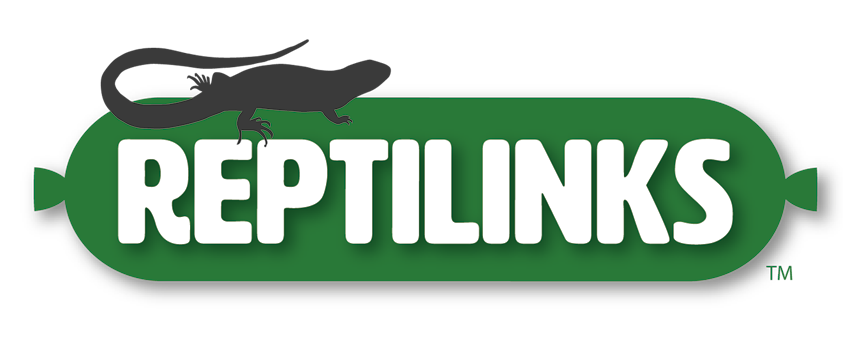

7 comments
This Helped SO very much! I will definitely be purchasing the frog scent and the amphibian frog links for my baby Western Hognose (Mr. Noodles) Thank you!
I want a hoggie but would u say they are beginner snakes, because it would be my 1st ever snake
Thanks for the advice I have 3 snakes already two rescues and a royal python I brought. Just reciently rescued a adult hognose and looks like I’m going to have to change her food as have no idea what previous owners were feeding her. Her viv seems fine from what I’ve read she’s very viv derensive but fine once I pick her up but I suspect she wasn’t handled a lot as I know the owner wanted to rehome her as they didn’t have the time for her
Very interesting article!
I think offering reptiles a quality varied diet is the wave of the future, and I am happy that Reptilinks is making it easy for us hobbyists to do just that. I was happy to find out that my hognose snake eagerly takes the frog and quail links (as well as thawed rodents), and my Childrens python yearling eats the frog links (and thawed rodents.) Even my box turtle eats a frog and/or quail link now and then. I have a baby Stimsons python that was a non-feeder. He started feeding once I used the Reptilinks gecko scent on a thawed pinky (success!!!) and is well on his way now.